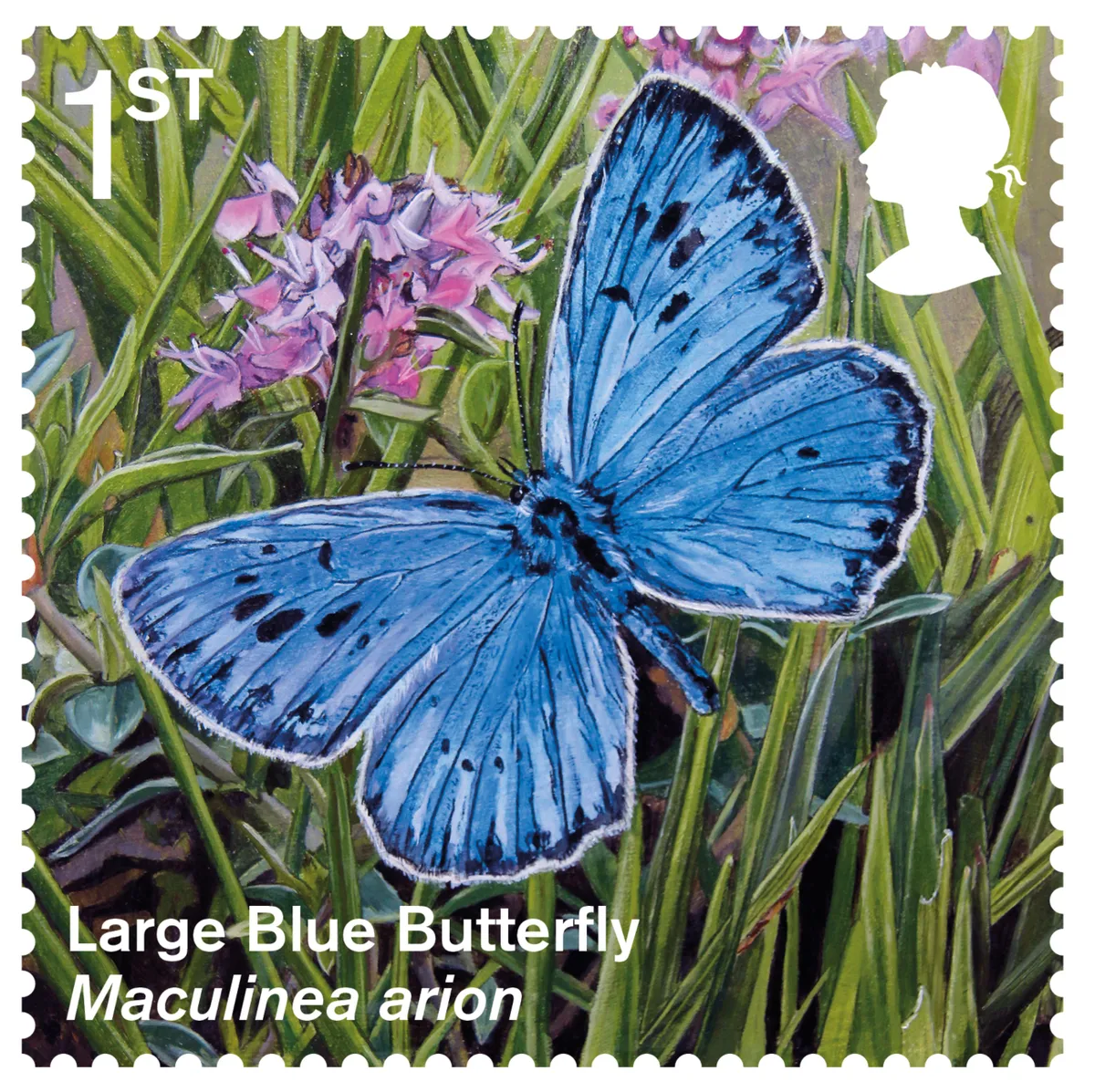Marking the successful reintroduction of previously extinct species, including the Eurasian beaver, large blue butterfly, osprey and stinking hawks-beard to the UK, the new stamps aim to celebrate ongoing conservation work.
It is estimated that more than 400 species of animals and plants have become extinct over the past two centuries in the UK, with more than 900 native species currently classified as under threat, with others in significant decline.
Royal Mail spokesperson, Philip Parker said: “When a plant or animal become extinct in a country, that does not have to be the end of the story. Our beautiful new stamps mark the skill and expertise of conservationists in reintroducing species back to their former environments.”
The set of six stamps display original illustrations by Wiltshire based artist, Tanya Achilleos Lock, and feature the following animals:
The Eurasian Beaver - the species disappeared from England, Wales and Scotland by the 16th century until their introduction into Knapdale Forest, Argyll, in 2009.

Pool Frog - Due to damage and loss of its Breckland and Fenland habitats, the species disappeared by 1995. However, from 2005 to 2008, pool frogs from Sweden were reintroduced into a site in Norfolk with an enhanced habitat.

Sand Lizard - due to the loss of warm, dry, heather-covered areas which the sand lizard trived in, their numbers decreased dramatically. Fortunately, with their reintroduction into protected heathland sites in Dorset, Hampshire and Surrey, over 9,000 lizards are now ending the decline.

Large Blue Butterfly - though this beautiful butterfly was declared extinct in 1979, by 2006, an estimated 10,000 eggs were laid across 11 sites in south-west England. Ten years later, it was recorded that over 250,000 eggs had been laid on wild marjoram and wild thyme plants at two reserves in Gloucestershire and Somerset.

Osprey - After losing so many eggs to collectors, the ospreys were recorded as extinct in 1916. However in 1996, 64 young birds from the Highlands were trans-located to Rutland Water in England and by 2001 some had returned from migration to rear young in England for the first time in 150 years.

Stinking Hawks-beard - Most populations of this ‘dandelionesque’ plant were lost by the 1900s, until seeds were collected, stored and cultivated at the University of Cambridge, and has since grown and been reintroduced to several nature reserves.

